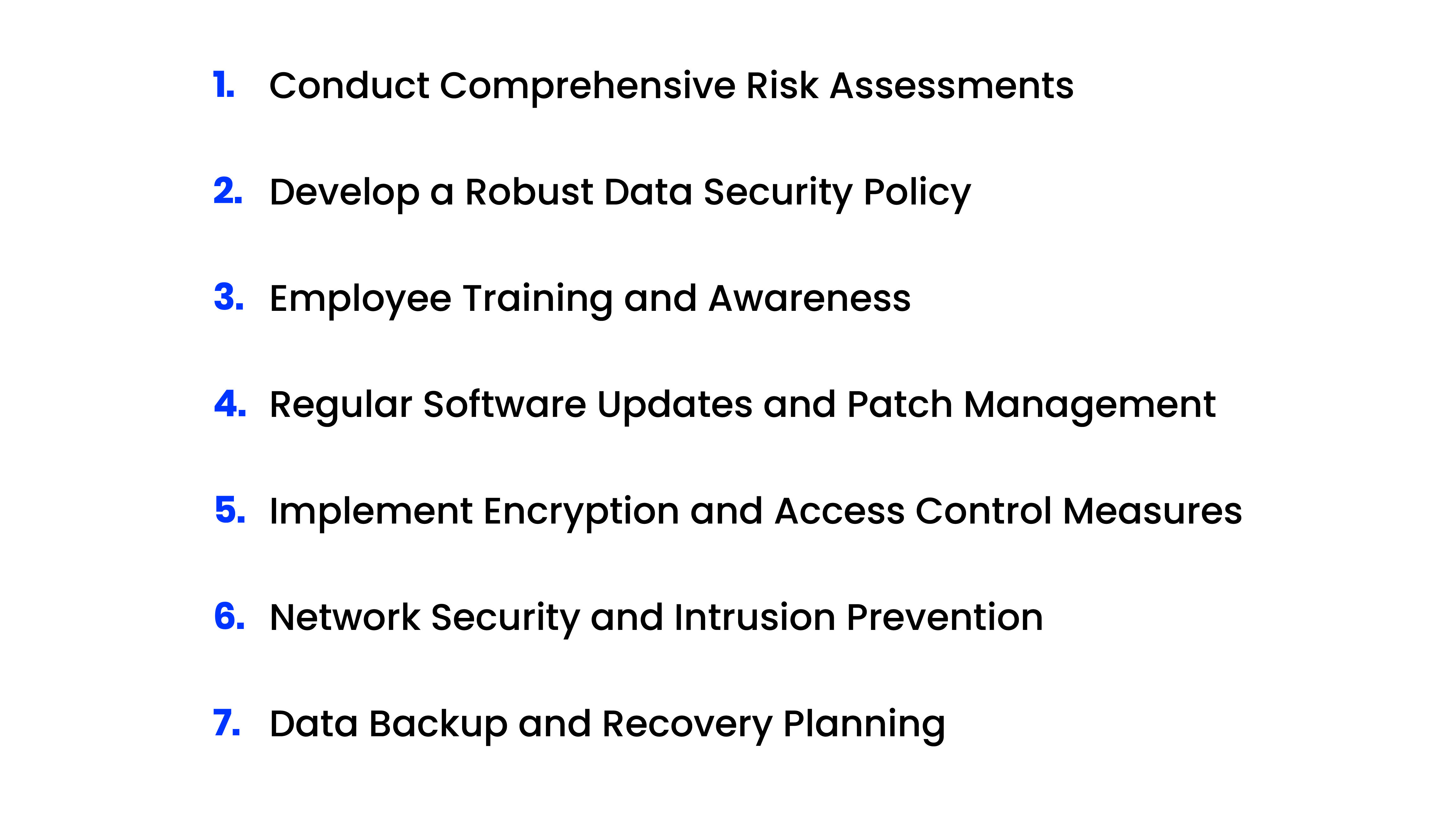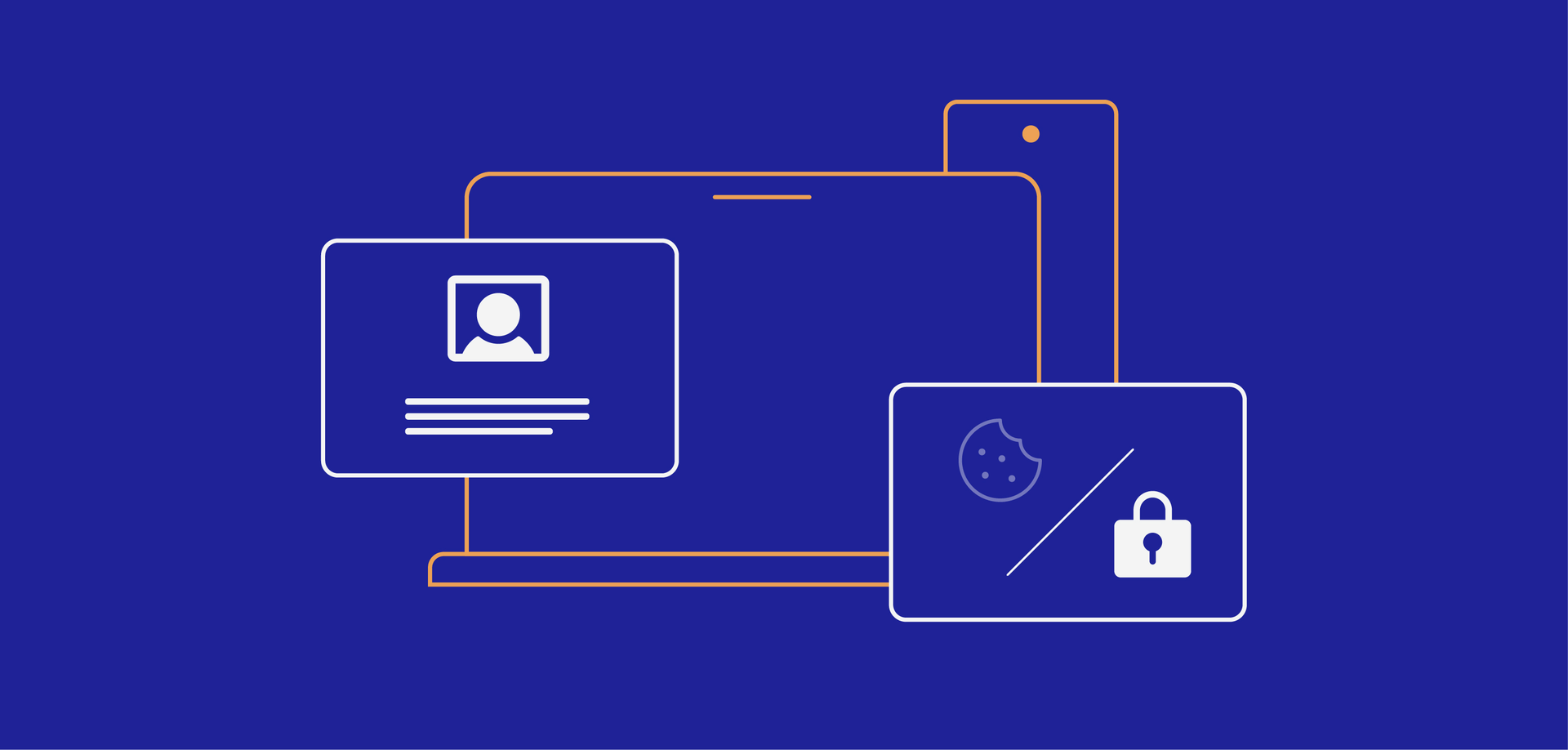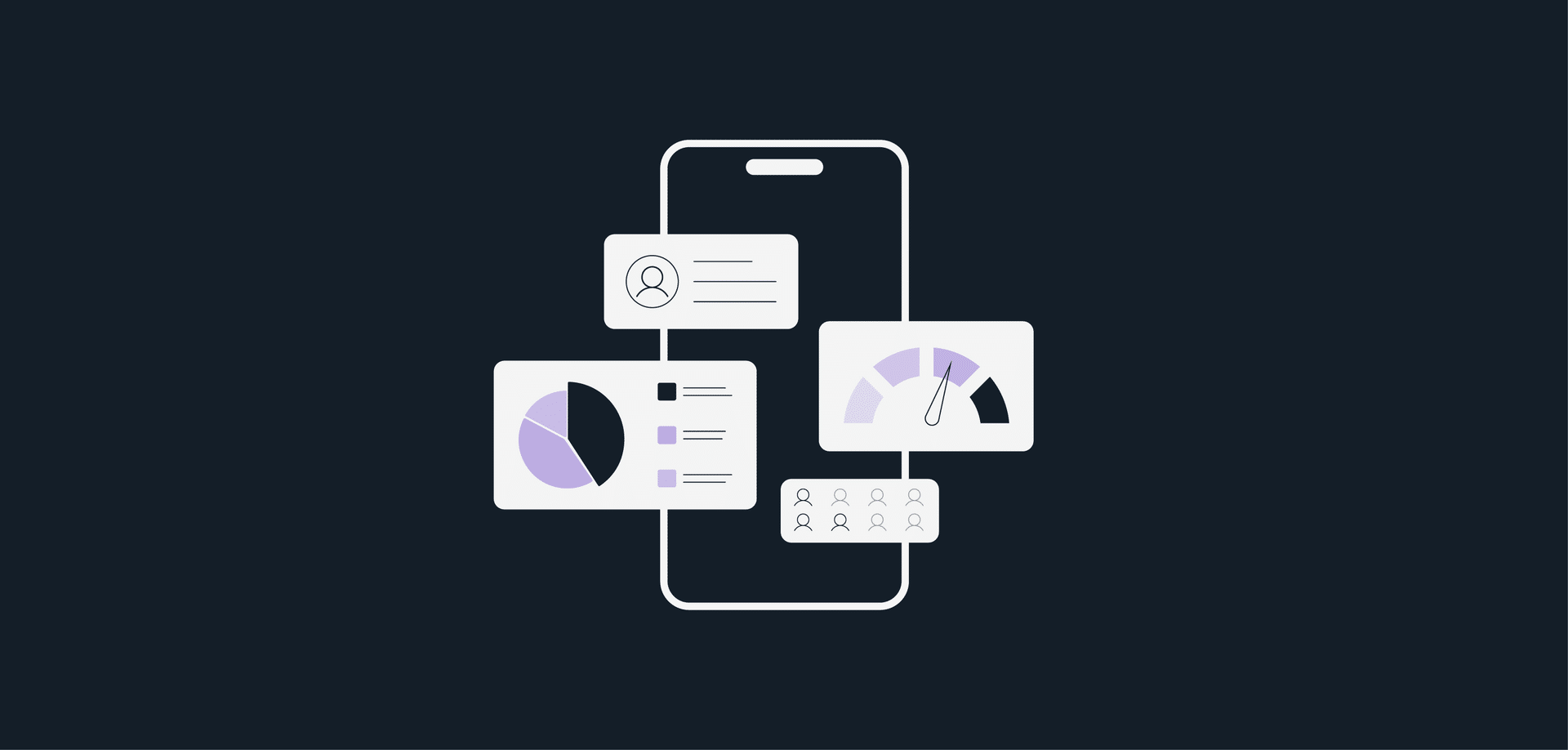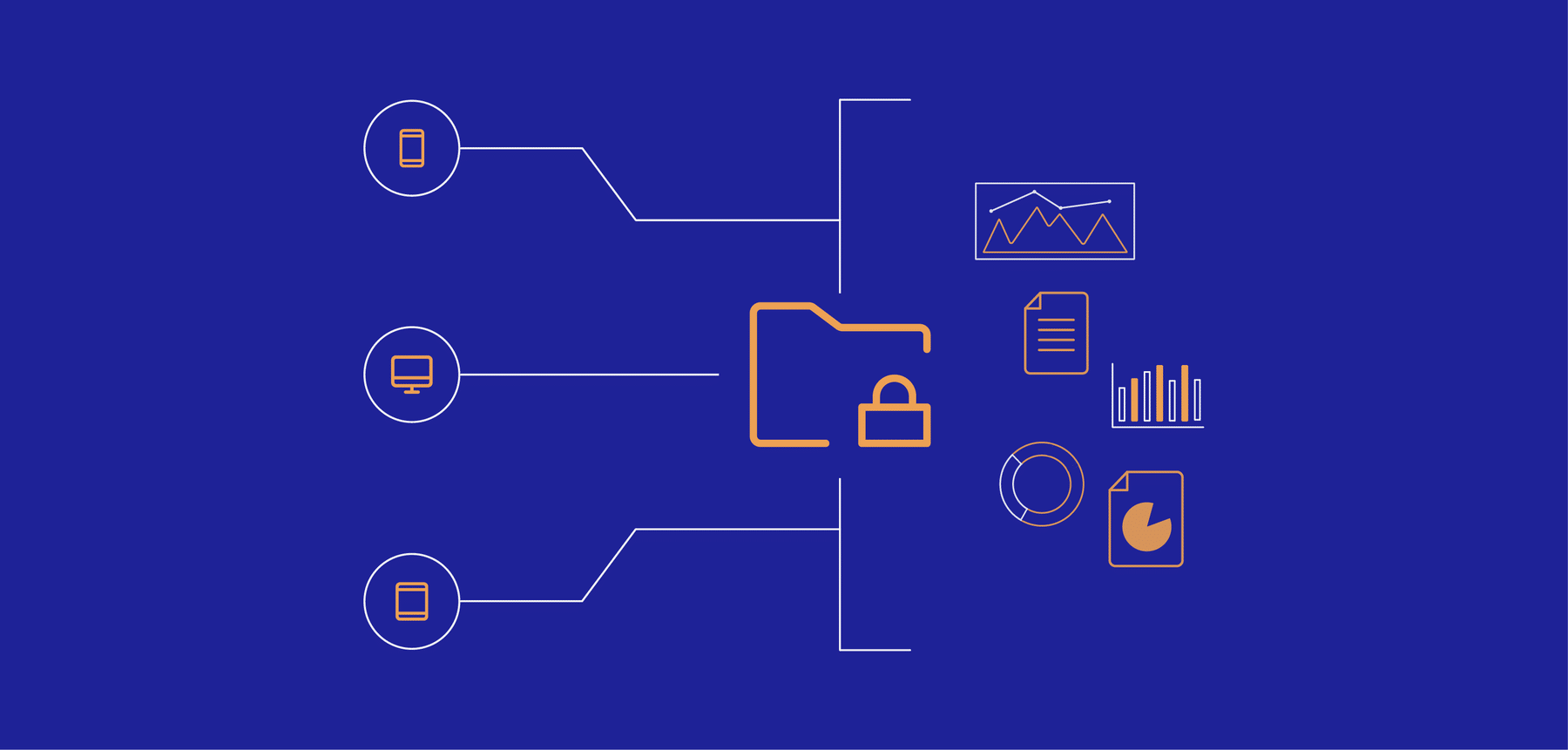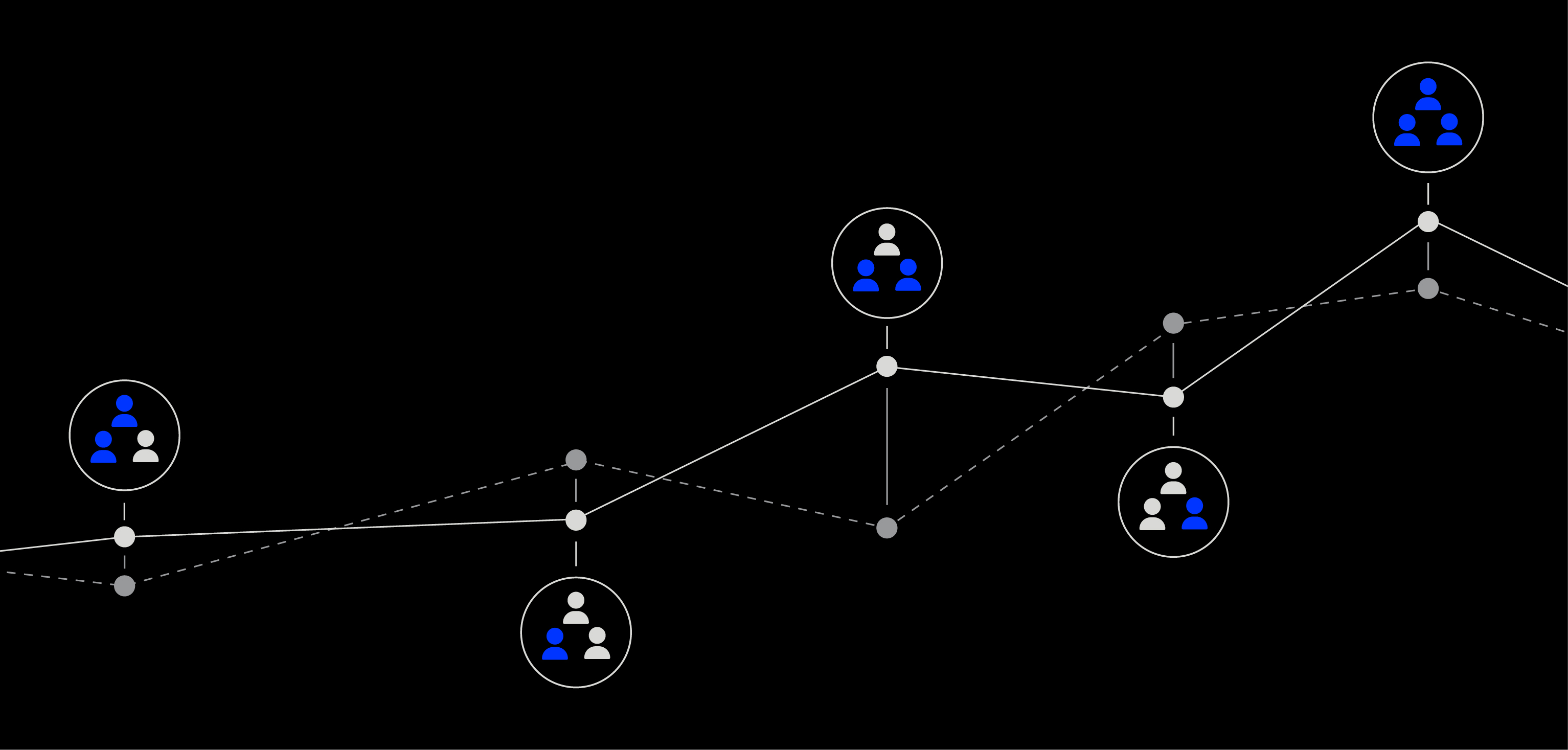Improving Data Security Management: Best Practices for Businesses
- Reading Time: 6 minutes
In today’s digital world, managing data security is essential for businesses of all sizes. With cyber threats growing more common and sophisticated, protecting sensitive information has become a top priority. The risks of a security breach are high, businesses can face financial losses, damage to their reputation, and a loss of customer trust.
A strong data security management strategy helps businesses protect their data, meet regulatory requirements, and reduce the risk of attacks. This guide covers the best practices for data security management, from assessing risks to setting up data backup plans. By following these steps, businesses can build a safer, more secure environment for their data and prepare for the challenges of today’s digital landscape.
What is Data Security Management?
Data security management is the process of protecting an organization’s sensitive information from unauthorized access, theft, or damage. This involves setting up policies, procedures, and tools to keep data secure across all systems, whether on-premises or in the cloud. Data security management includes practices like access control, regular security checks, and creating response plans for potential breaches.
At its core, data security management is about minimizing the risks associated with data breaches and ensuring that only authorized people have access to sensitive information. Covering all stages of data handling, from collection to storage and sharing, a structured data security management plan helps businesses protect their data effectively and respond quickly if threats arise.
7 Best Practices for Data Security Management
Implementing effective data security practices is essential for protecting sensitive information and reducing the risk of cyber threats. Here are some best practices businesses should follow:
1. Conduct Comprehensive Risk Assessments
Regular risk assessments allow businesses to identify weaknesses in their security systems and address potential threats. This process involves analyzing internal and external risks, including technological and human factors, to uncover vulnerabilities that could be exploited. By prioritizing and addressing these risks, businesses can allocate resources more effectively and take proactive measures to prevent breaches. This helps ensure that security efforts are focused on the most critical areas.
2. Develop a Robust Data Security Policy
A well-defined data security policy is the foundation of any security strategy. This policy should outline how data is accessed, used, and stored within the organization. Key components include access controls to limit who can view sensitive information, an incident response plan detailing steps to take in case of a breach, and data retention and disposal protocols to ensure that information is only kept as long as necessary. Having a clear policy helps everyone understand their role in protecting data.
Sign up to drive your business with the power of data
3. Employee Training and Awareness
Employees play a crucial role in data security, as they are often the first line of defense against cyber threats. Comprehensive training programs should teach employees how to recognize phishing attempts, follow safe internet practices, and report security concerns promptly. Regular training sessions, phishing simulations, and up-to-date materials help reinforce best practices and create a security-conscious culture within the organization. Well-trained employees are a powerful defense against cyber threats.
4. Regular Software Updates and Patch Management
Keeping software and systems up to date is critical for minimizing security risks. Outdated software can have vulnerabilities that attackers can exploit, so it’s essential to implement regular patch management to address these weaknesses. Establishing an update schedule, monitoring for new patches, and applying them promptly can greatly reduce the risk of breaches related to outdated systems. This approach strengthens your defenses against new vulnerabilities.
5. Implement Encryption and Access Control Measures
Encryption and access controls are vital for safeguarding sensitive information. Encryption ensures that data remains unreadable to unauthorized users, while access controls restrict data access to authorized personnel only. Key practices include using multi-factor authentication, setting access permissions based on job roles, and regularly reviewing access rights. These measures help prevent unauthorized access and protect data from theft.
6. Network Security and Intrusion Prevention
Securing the network infrastructure is essential for preventing unauthorized access and potential attacks. Firewalls and intrusion detection systems (IDS) play a significant role in monitoring and controlling network traffic to block suspicious activity. Regular network assessments and implementing intrusion prevention systems (IPS) further strengthen defenses by detecting and responding to unusual behavior within the network. These tools create a strong barrier against cyber intrusions.
7. Data Backup and Recovery Planning
A strong data backup and recovery plan is essential for business continuity. Regular backups protect data from loss due to cyberattacks, hardware failures, or other disruptions. Testing recovery processes ensure that, in the event of a data loss incident, businesses can quickly restore critical information and resume operations with minimal downtime. Reliable backups help safeguard both customer information and internal data.
Choosing the Right Data Security Management Solution
Selecting the right data security solution is crucial for protecting sensitive information effectively. Here are key factors to consider:
- Scalability: Choose a solution that can grow with your business and adapt to increasing data and security needs.
- Real-Time Monitoring: Look for tools that offer continuous monitoring and instant alerts to catch potential threats early.
- Compliance Support: Ensure the solution helps you meet regulatory requirements, such as GDPR or HIPAA, to avoid fines and maintain customer trust.
- Advanced Threat Detection: Opt for features like AI-driven threat detection to recognize unusual patterns and stop threats before they escalate.
- Access Controls and Encryption: Strong encryption and multi-factor authentication are essential to protect against unauthorized access.
- Customer Support: Reliable support and resources help your team integrate and use the tool effectively.
By focusing on these factors, businesses can find a solution that aligns with their security needs and provides strong protection for their data.
Dataroid: Driving Smarter Data Security Decisions
While following these best practices can significantly improve data security, gaining deeper insights into customer behavior can further enhance your security measures. Understanding how users interact with your systems can be instrumental in identifying unusual patterns and preempting potential risks.
Dataroid empowers businesses to make smarter, data-driven decisions by providing a deeper understanding of customer behaviors and interaction patterns.
Explore how Dataroid can elevate your data strategy—request a demo today to see the impact firsthand.
Frequently Asked Questions
What is the role of encryption in data security?
Encryption protects sensitive data by converting it into an unreadable format, ensuring that only authorized users with the decryption key can access it.
What should be included in a data backup and recovery plan?
A comprehensive data backup and recovery plan should include regular backups of critical data, both on-site and off-site (or in the cloud) to prevent loss from cyberattacks or hardware failures. It’s vital to implement automated backup schedules, use secure storage solutions, and encrypt backup data for added protection.
What is a DSPM tool?
Data security posture management (DSPM) provides visibility as to where sensitive data is, who has access to that data, how it has been used and what the security posture of the data store or application is.
What is security data management?
Data security management is the process of protecting an organization’s sensitive information from unauthorized access, breaches, or theft. It involves implementing policies, procedures, and technologies designed to safeguard data across all stages—from collection to storage and sharing.
YOU MAY ALSO LIKE
Cookieless Analytics: How to Prepare for a Future Without Cookies
Mobile Analytics 101: How to Measure and Improve Your App's Performance
Securing Data in Digital Marketing: A Quick Guide
Daily Active Users (DAU): Why It Matters and How to Track It
Understanding Behavioral Analytics: A Step-by-Step Guide
Drive your digital growth
Schedule a demo today to learn more on how we can help you unleash the potential of digital using Dataroid.
